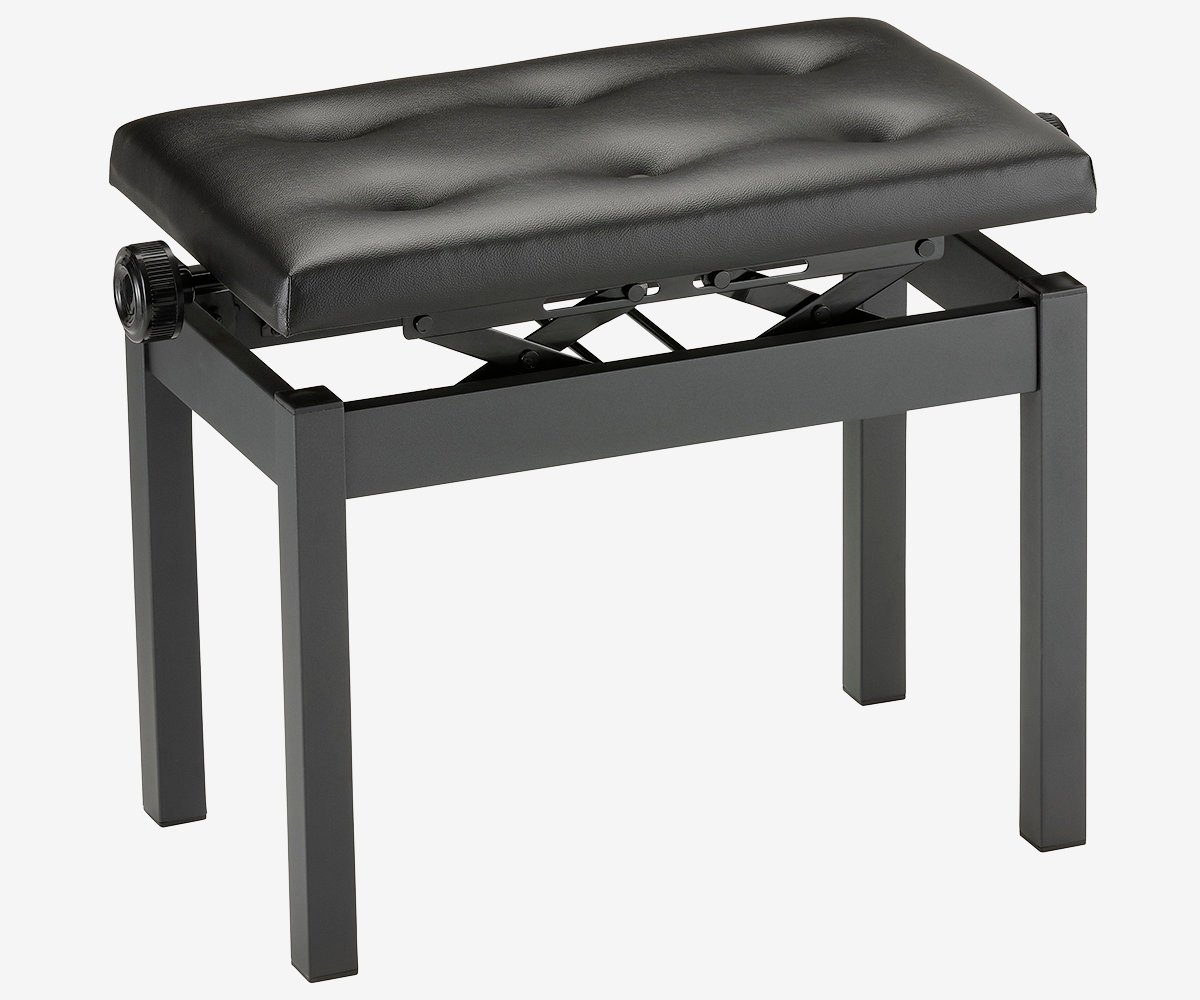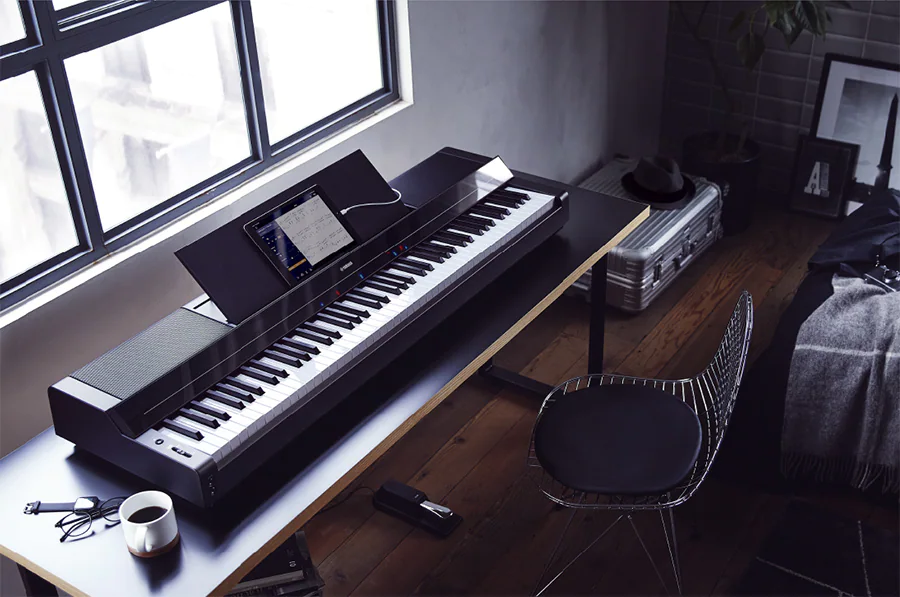Choosing the perfect piano can be a daunting task, especially with the variety of options available today. Whether you’re a budding musician or a seasoned player, understanding the differences between digital and acoustic pianos is crucial. In this comprehensive guide, we’ll delve into the key aspects of both types to help you make an informed decision.


1. Introduction to Pianos
1.1. The Evolution of Pianos
Pianos have undergone significant transformations since their inception. From the humble beginnings of the fortepiano to the modern instruments we see today, the journey of the piano is a testament to human ingenuity and artistic expression.
1.2. The Digital Revolution in Music
The advent of digital technology has revolutionized the music industry. Digital pianos, synthesizers, and MIDI controllers have expanded the horizons for musicians, offering unprecedented versatility and convenience.
2. Understanding Acoustic Pianos
2.1. What is an Acoustic Piano?
An acoustic piano produces sound mechanically through hammers striking strings. The vibration of these strings creates rich, resonant tones that have captivated audiences for centuries.
2.2. Types of Acoustic Pianos
- Grand Pianos: Known for their superior sound quality and responsive touch, grand pianos are a favorite among professional musicians.
- Upright Pianos: More compact than grand pianos, upright pianos are ideal for smaller spaces without compromising on sound quality.
- Player Pianos: These pianos can play music automatically using pre-programmed sequences, blending traditional craftsmanship with modern technology.
2.3. The Craftsmanship Behind Acoustic Pianos
Crafting an acoustic piano is an intricate process that involves precise engineering and skilled craftsmanship. From selecting the right wood to fine-tuning the strings, every detail matters in creating a harmonious instrument.
3. Exploring Digital Pianos
3.1. What is a Digital Piano?
Digital pianos use electronic sensors to capture key movements and generate sound through speakers or headphones. They mimic the feel and sound of acoustic pianos while offering additional features.
3.2. Advantages of Digital Pianos
- Portability: Lightweight and easy to transport, digital pianos are perfect for musicians on the go.
- Volume Control: Adjust the sound level or use headphones to practice without disturbing others.
- Variety of Sounds: Access a wide range of instrument sounds beyond traditional piano tones.
3.3. Popular Features in Digital Pianos
- Weighted Keys: Simulate the feel of acoustic piano keys for a more authentic playing experience.
- Recording Capabilities: Record your performances for playback or further editing.
- Connectivity Options: Integrate with computers, tablets, and other devices for expanded functionality.
4. Sound Quality: Acoustic vs. Digital
4.1. Acoustic Piano Sound Characteristics
Acoustic pianos offer a rich, dynamic sound with natural resonance and sustain. The interplay between strings and soundboard creates a complex auditory experience that’s hard to replicate digitally.
4.2. Digital Piano Sound Characteristics
Digital pianos have made significant strides in sound quality. High-quality sampling and advanced synthesis techniques allow digital pianos to closely mimic the sound of their acoustic counterparts.
4.3. Subjective Listening Experience
While digital pianos are increasingly realistic, many purists still prefer the nuanced sound of acoustic pianos. The choice often comes down to personal preference and the specific context in which the piano is used.
5. Touch and Feel
5.1. Weighted Keys in Acoustic Pianos
Acoustic pianos have naturally weighted keys that respond to the player’s touch, allowing for expressive dynamics and nuanced playing.
5.2. Weighted Keys in Digital Pianos
Modern digital pianos feature weighted keys to emulate the feel of acoustic pianos. Advanced models offer graded hammer action, where lower keys are heavier and higher keys are lighter, enhancing the realism.
5.3. The Importance of Touch Sensitivity
Touch sensitivity is crucial for dynamic expression. Both acoustic and high-end digital pianos provide touch-sensitive keys, but the response can vary based on the instrument’s quality and design.
6. Maintenance and Longevity
6.1. Maintenance Requirements for Acoustic Pianos
Acoustic pianos require regular tuning, cleaning, and occasional repairs to maintain their sound quality and functionality. Climate control is also essential to prevent damage from humidity and temperature fluctuations.
6.2. Maintenance Requirements for Digital Pianos
Digital pianos are generally low-maintenance. They don’t require tuning, and their electronic components are designed to be durable. However, occasional software updates and hardware checks may be necessary.
6.3. Longevity and Durability
Acoustic pianos can last for decades with proper care, often becoming cherished heirlooms. Digital pianos, while durable, may become obsolete as technology advances, but they typically come with warranties that offer peace of mind.
7. Cost Considerations
7.1. Initial Investment for Acoustic Pianos
Acoustic pianos are often more expensive upfront due to the craftsmanship and materials involved. Prices can vary widely based on brand, size, and quality.
7.2. Initial Investment for Digital Pianos
Digital pianos generally have a lower initial cost, making them accessible to a broader range of budgets. Entry-level models offer excellent value without compromising essential features.
7.3. Long-Term Costs
While acoustic pianos require ongoing maintenance costs, digital pianos may incur expenses related to upgrades or repairs over time. However, the overall long-term costs can be comparable depending on usage and maintenance.
8. Space and Portability
8.1. Space Requirements for Acoustic Pianos
Grand pianos, in particular, require significant space, making them unsuitable for smaller living environments. Upright pianos are more compact but still need a dedicated area.
8.2. Portability of Digital Pianos
Digital pianos are designed with portability in mind. Their lightweight construction and built-in stands or foldable features make them easy to move and set up in various locations.
8.3. Storage Solutions
For those with limited space, digital pianos offer flexible storage options. Acoustic pianos, especially grands, often need permanent placement, which can be a limiting factor for some users.
9. Technological Features
9.1. Built-In Metronomes and Recording
Digital pianos often come equipped with built-in metronomes, recording functions, and playback features that enhance practice sessions and creative exploration.
9.2. Integration with Other Devices
Connectivity options such as USB, MIDI, and Bluetooth allow digital pianos to integrate seamlessly with computers, tablets, and other musical devices, expanding their versatility.
9.3. Customizable Sound Settings
Digital pianos offer extensive customization options for sound, allowing users to adjust parameters like reverb, chorus, and equalization to suit their preferences.
10. Educational Tools
10.1. Learning Aids in Digital Pianos
Many digital pianos come with built-in learning tools such as lesson modes, interactive tutorials, and guided practice sessions that facilitate effective learning.
10.2. Traditional Learning with Acoustic Pianos
While acoustic pianos lack built-in educational features, they provide a pure playing experience that can enhance learning through tactile feedback and dynamic expression.
10.3. Choosing Based on Learning Needs
For beginners, digital pianos with integrated learning tools can offer a more supportive environment. However, serious students might prefer the authentic experience of an acoustic piano.
11. Aesthetic and Design
11.1. The Visual Appeal of Acoustic Pianos
Acoustic pianos, especially grands, are often considered works of art, adding elegance and sophistication to any space with their timeless design and craftsmanship.
11.2. Design Options in Digital Pianos
Digital pianos come in a variety of styles and finishes, allowing users to choose an instrument that complements their personal aesthetic and interior decor.
11.3. Blending Functionality and Style
Modern digital pianos successfully merge functionality with sleek design, making them suitable for contemporary living spaces without sacrificing performance.
12. Environmental Impact
12.1. Sustainability of Acoustic Pianos
Acoustic pianos are made from natural materials like wood and metal, which can have a significant environmental footprint depending on sourcing and manufacturing practices.
12.2. Sustainability of Digital Pianos
Digital pianos, while not reliant on wood, use electronic components and plastics, which have their own environmental considerations. However, their longevity and energy efficiency can offset some impacts.
12.3. Making an Eco-Friendly Choice
Consumers concerned about sustainability should consider the lifecycle and manufacturing practices of both acoustic and digital pianos to make an informed, eco-friendly decision.
13. Resale Value
13.1. Depreciation of Acoustic Pianos
Acoustic pianos generally hold their value well, especially high-end models from reputable brands. They can appreciate as vintage instruments if properly maintained.
13.2. Depreciation of Digital Pianos
Digital pianos tend to depreciate more quickly as newer models with advanced features enter the market. However, well-maintained digital pianos can still retain a reasonable resale value.
13.3. Factors Influencing Resale Value
Brand reputation, condition, age, and market demand are key factors that affect the resale value of both acoustic and digital pianos.
14. Personal Preferences and Use Cases
14.1. Performing vs. Practicing
For professional performers, the superior sound quality and dynamic range of acoustic pianos are often preferred. For daily practice, especially in shared living spaces, digital pianos offer practicality and flexibility.
14.2. Genre Considerations
Certain musical genres may benefit more from the unique characteristics of acoustic or digital pianos. Classical and jazz musicians might lean towards acoustic pianos, while pop and electronic music producers may prefer digital options.
14.3. Lifestyle and Commitment
Consider your lifestyle and commitment level. If you plan to move frequently or have limited space, a digital piano might be more suitable. Conversely, if you’re dedicated to your craft and have the space, an acoustic piano could be the better choice.
15. Conclusion
Choosing between a digital and an acoustic piano ultimately depends on your individual needs, preferences, and circumstances. Acoustic pianos offer unparalleled sound quality and a traditional playing experience, making them ideal for serious musicians and those who cherish the instrument’s rich history. On the other hand, digital pianos provide versatility, convenience, and a host of modern features that cater to a wide range of users, from beginners to professionals. By carefully considering factors such as budget, space, maintenance, and personal preferences, you can select the piano that best aligns with your musical journey.
Frequently Asked Questions
1. Can digital pianos replace acoustic pianos for professional performances?
While digital pianos have made significant advancements, many professionals still prefer acoustic pianos for their authentic sound and dynamic range. However, high-end digital pianos are increasingly used in live performances due to their reliability and versatility.
2. How often should an acoustic piano be tuned?
An acoustic piano should typically be tuned at least twice a year. However, factors like humidity, temperature changes, and usage frequency can influence how often tuning is needed.
3. Are digital pianos quieter than acoustic pianos?
Yes, digital pianos can be played quietly using headphones or at lower volumes, making them ideal for environments where noise is a concern. Acoustic pianos, by nature, produce louder sounds that cannot be easily muted.
4. Do digital pianos require any maintenance?
Digital pianos require minimal maintenance compared to acoustic pianos. Regular cleaning and occasional software updates are usually sufficient to keep them in good working condition.
5. Can I connect a digital piano to recording equipment?
Absolutely. Most digital pianos come with various connectivity options like USB, MIDI, and audio outputs, allowing you to easily connect to recording equipment, computers, and other devices for recording and production purposes.














Leave a Reply